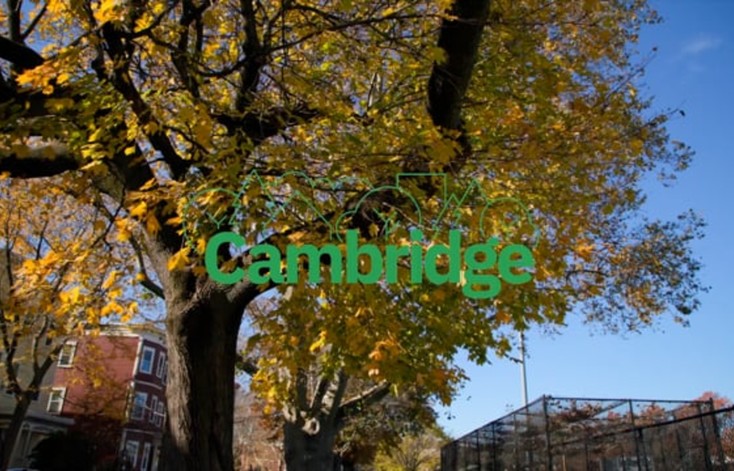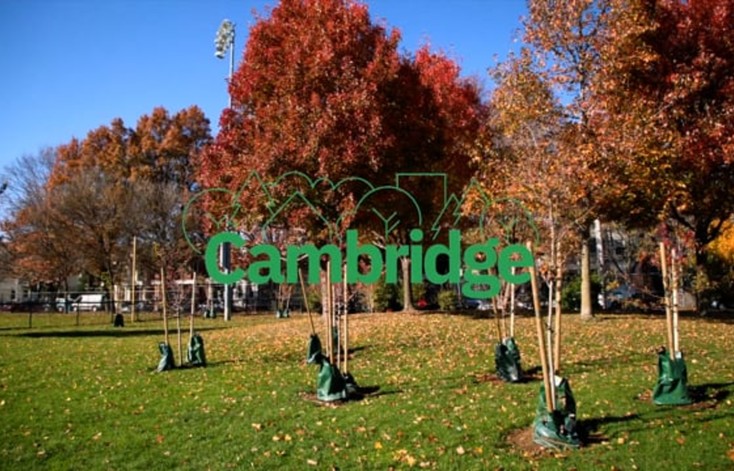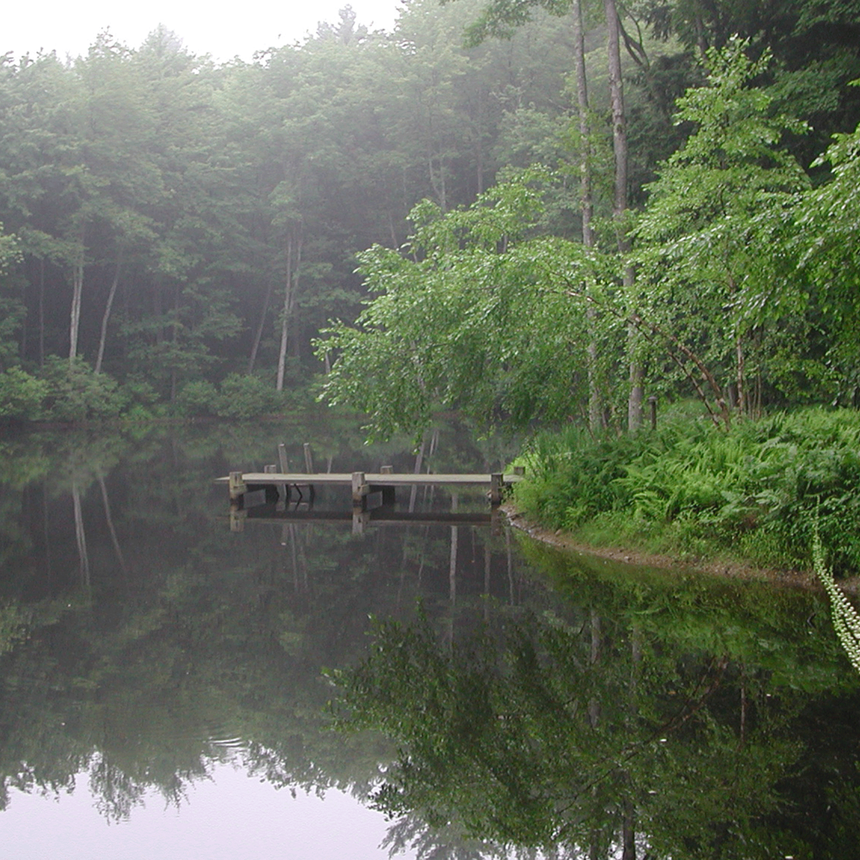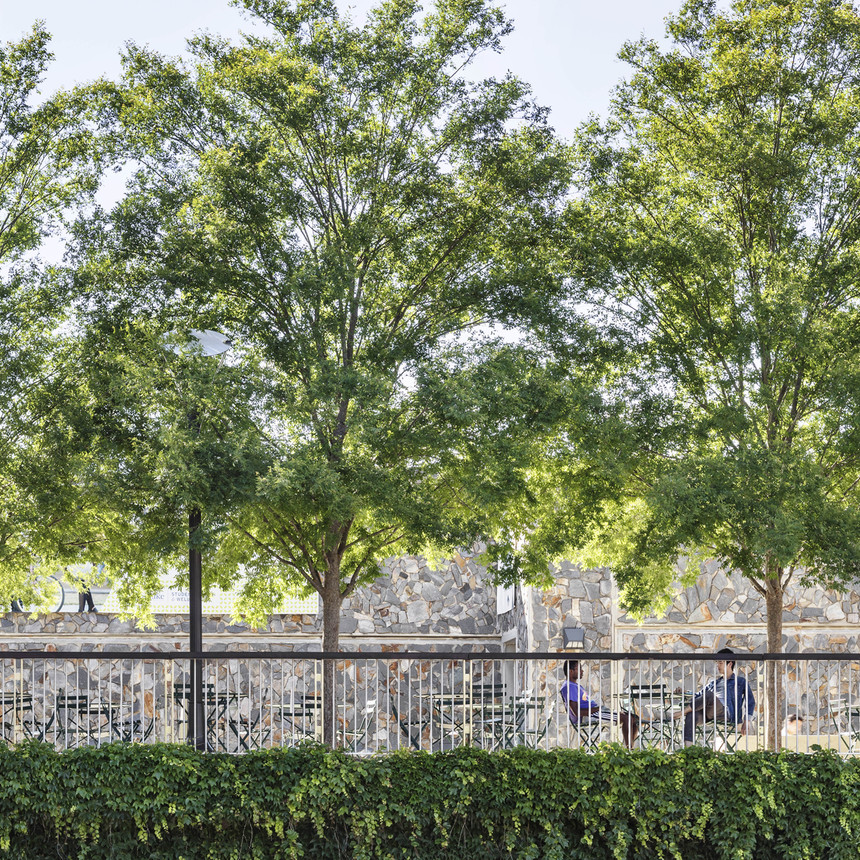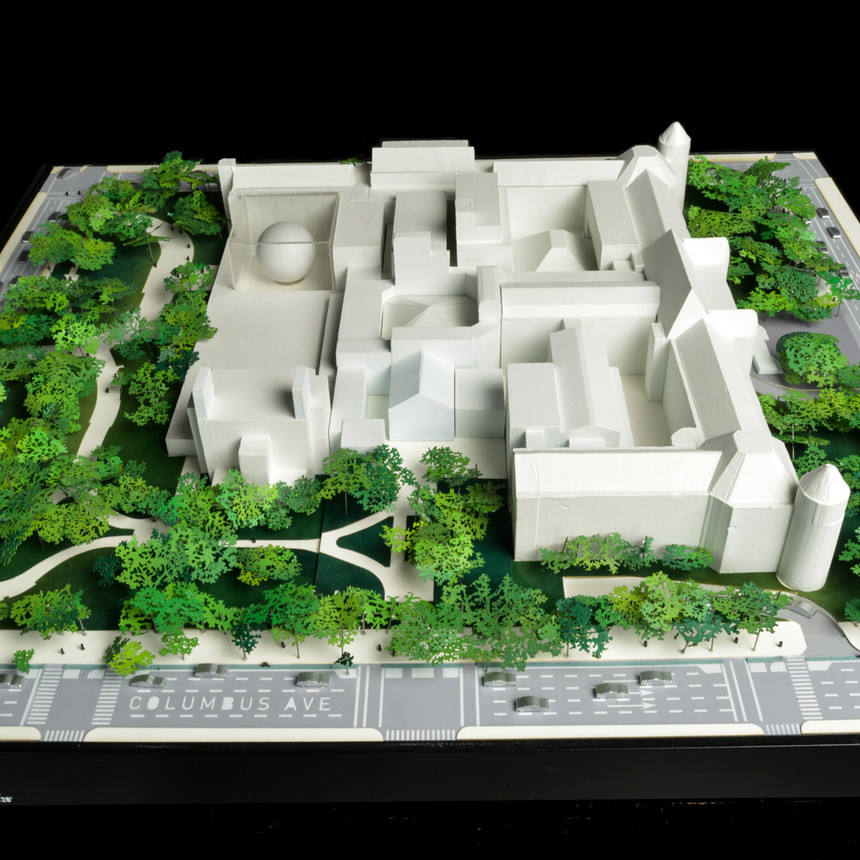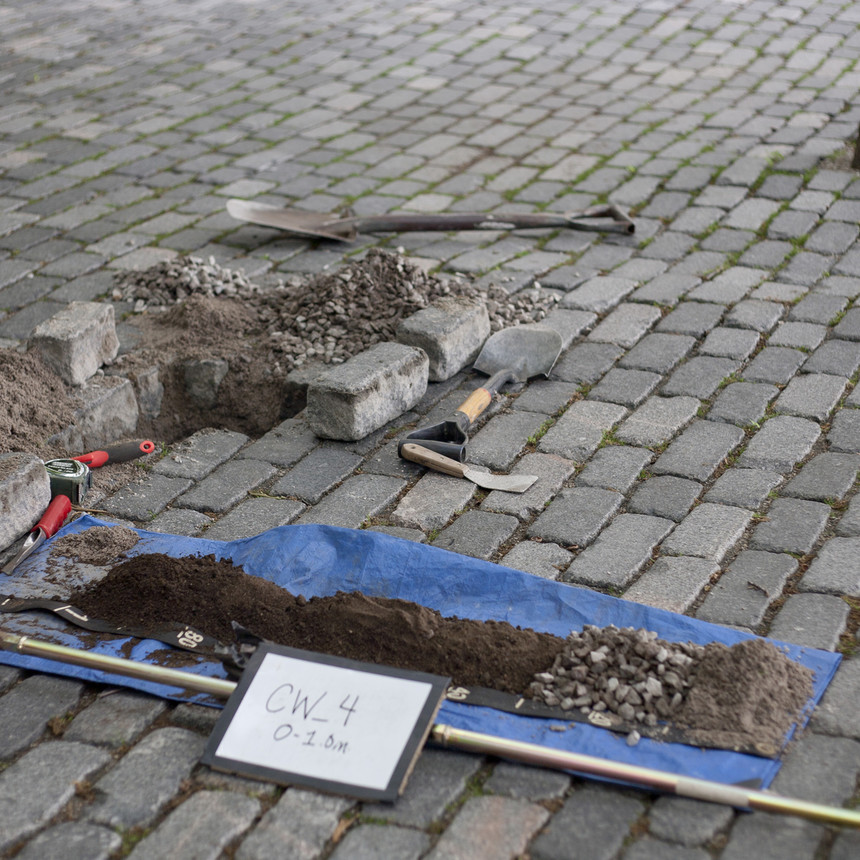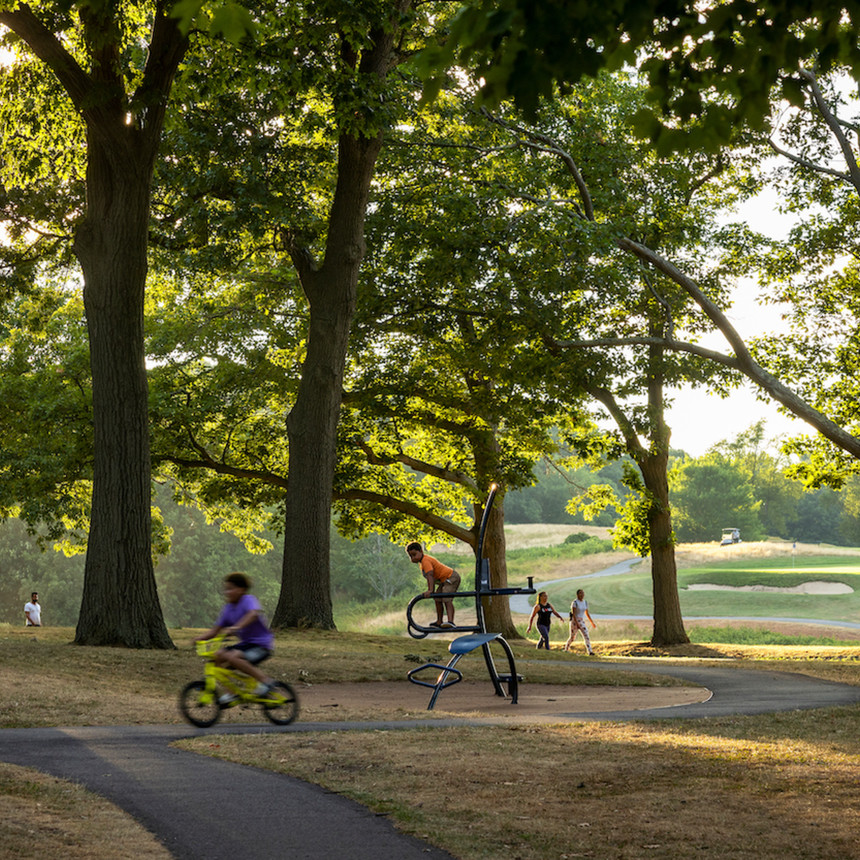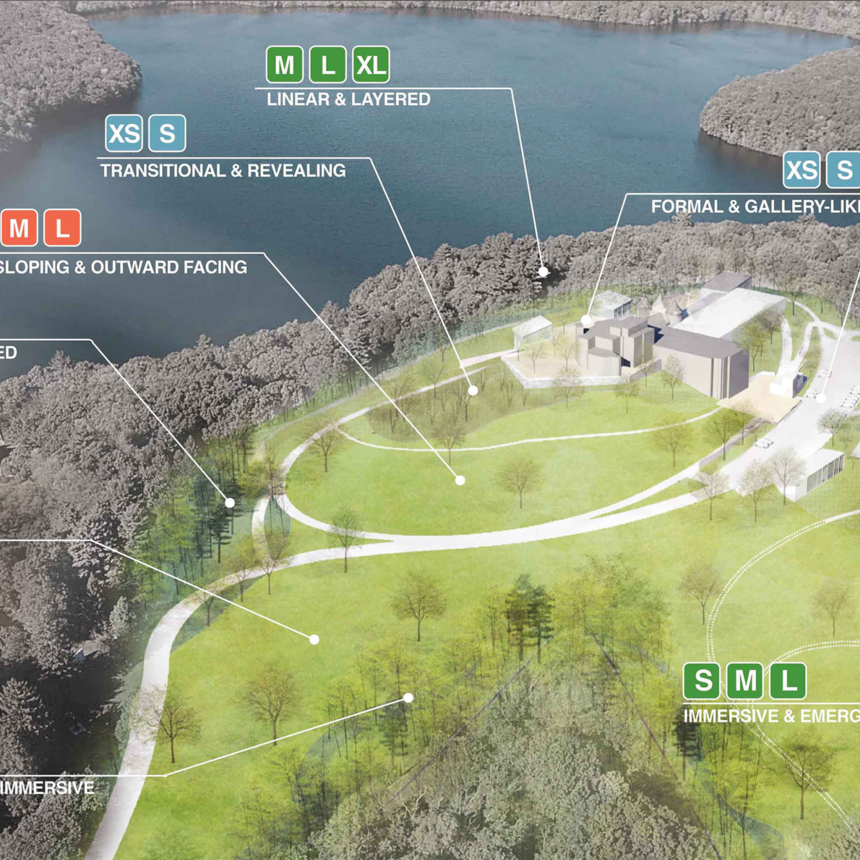Cambridge Urban Forest Master Plan
To grow and sustain a resilient and equitably distributed urban forest for Cambridge, in the face of climate change, is the goal of this planning framework, created in collaboration with the city’s Urban Forest Task Force. The plan comprises research, data modeling, a framework of strategies addressed to the entire community, and a campaign to catalyze the partnerships necessary to realize the future forest.
Cambridge is home to 80,000 trees that provide shade and comfort to 120,000 residents across 4,500 acres. Harder to quantify are the urban forest canopy’s diverse ecosystem services — habitat for birds, food for insects, nutriment for soil — or the personal meaning of a single tree observed every day across the seasons. But our urban canopy is in decline, losing some 16 acres of coverage per year since 2009.
Cambridge Urban Forest Master Plan is a data-driven, climate-forward project that models scenarios over a fifty-year horizon. The work is also predicated on an understanding of the present existing conditions and changes in the city over the past decades, ranging from major property developments and to poor planting practices for new trees. It then estimates threats such as increased temperatures, invasive insects, droughts, and floods. Results of this projection help target investment toward root causes of canopy loss and to mitigate clearly defined future risks. The cooling effect of new tree canopy is modeled for several city-wide and neighborhood-scale scenarios, demonstrating urban canopy’s impact as green infrastructure.
Our goal is a healthy urban forest accessible to all of Cambridge. The plan prioritizes investment towards areas of city with populations at greatest risk — making these neighborhoods safer, more comfortable, more dignified. Citywide, however, because much of the canopy lies on private property, the plan has sought to galvanize landowners to participate and care for the urban forest we all share.
Public Process
Each month Reed Hilderbrand and our interdisciplinary team led public meetings with Cambridge’s 18-person urban forest task force. We shared assessments and interpretations of research. Together we set priorities based on real-world knowledge of the city and shaped a framework that defines a range of interventions spanning policy, practice, design, and outreach.
Next Steps
Moving towards implementation of the plan, Reed Hilderbrand is developing a specific public engagement strategy to educate and activate all sectors of the local community to do their share to grow the forest. In parallel, we will develop an urban soils management plan. Knowing that soils and moisture are the controlling factors in tree health and longevity, this plan will guide the city in bringing best practices to the care and enhancement of public trees through their living soils systems.
Location
Cambridge, Massachussetts
Dates
2018-
Size
4,500 acres
Leadership
Team
- Kleinfelder
- Conservation Law Foundation
- Bartlett Tree Experts
- Applied Ecological Services
- F2 Environmental Design
- Over / Under
Recognition
- 2021 Analysis and Planning Excellence Award, Boston Society of Landscape Architects
